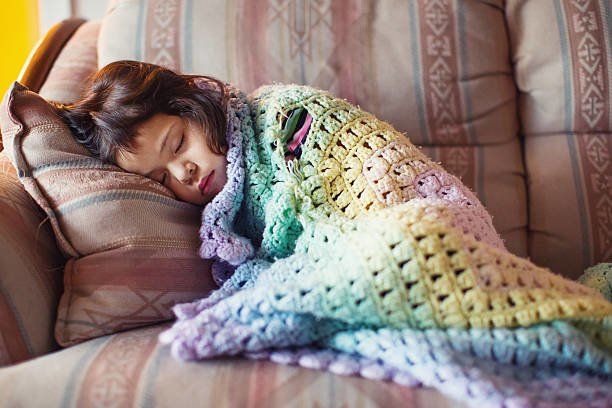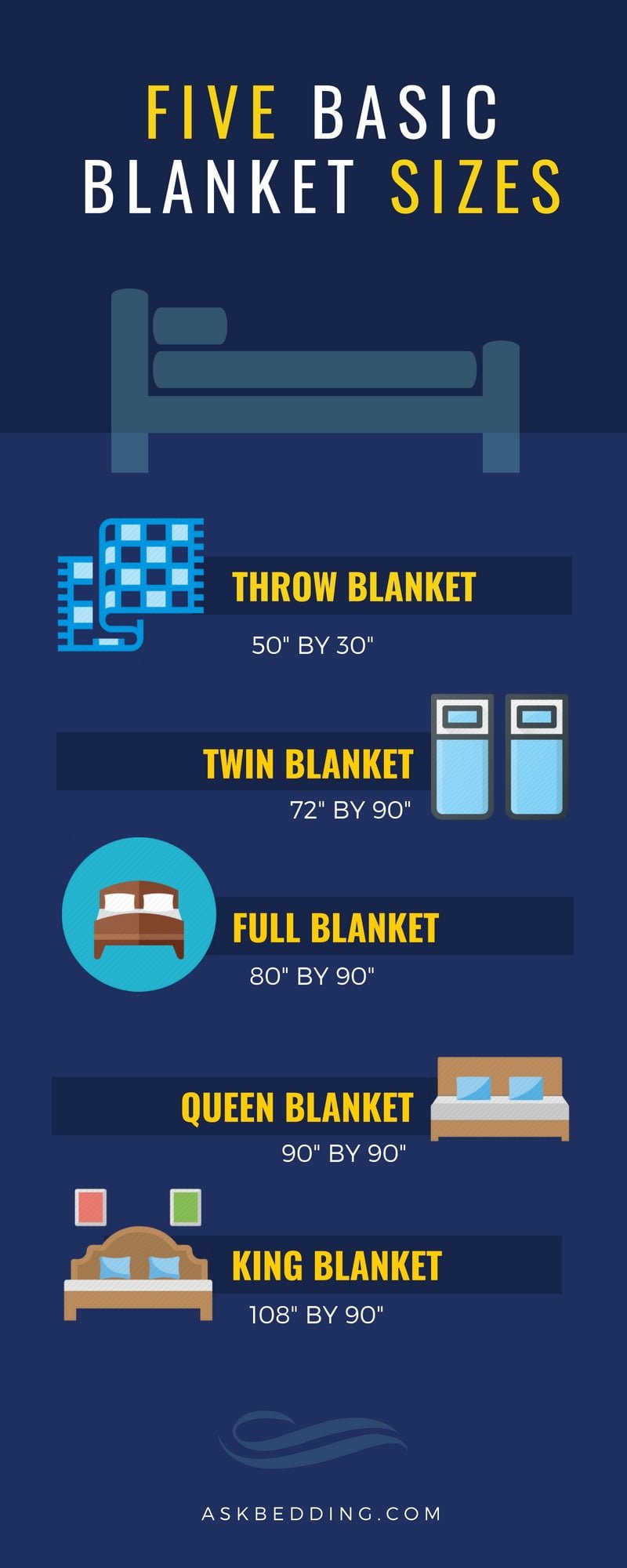Best blanket to help you have a sound sleep for the entire night

There is more to color selection when shopping for your blanket. To select the best blanket, you should consider its size, fabric, and weave. There are five different sizes for adult blankets - throw, twin, full, queen and king.
There is more to color selection when shopping for your blanket. To select the best blanket, you should consider its size, fabric, and weave. There are five different sizes for adult blankets – throw, twin, full, queen and king. The fabric available is usually lightweight, mediumweight and heavyweight. You select the material that is most suitable for your weather. It must be able to insulate your body heat properly. It also must be water resistant as well. The weave of your blanket gives different weight and warmth. The best blanket helps you to have a sound sleep the entire night.

Blanket Sizes
Your blanket must be a little bigger than your mattress. It needs to be tucked in from the sides. There are usually five sizes namely throw, twin, full, queen and king.

Blanket Fabrics
Blankets can be lightweight, lightweight to medium weight, and medium to heavyweight.
Down and bamboo fabrics fall under lightweight. Down clusters in down fabric trap warm air and give warmth. Bamboo fabric is soft, smooth and comfortable.
Silk and linen fabrics are medium weight. Silk blankets are antifungal and antimicrobial. They require dry clean. Silk blanket is soft, smooth and luxurious. Linen fabric adjusts with body temperature. It is suitable for summer and winter.
Synthetic and cotton fall under medium to heavyweight. Electric blankets are of synthetic fabrics. Polyester, nylon, microfiber, and acrylic are synthetic fabrics. Synthetic materials are super soft.
Wool and cashmere are under the category for medium to heavyweight. The spaces in the fiber of wool trap heat very well and give maximum warmth. Most natural wool comes from sheep. Luxurious wool comes from cashmere goats.

Blanket Weave
Different weave gives various warmth and weight. Thermal, knit, quilted and conventional are the weaves for blankets.
Most of us prefer to use thermal blankets in summer. Being lightweight in nature weaves are wobbly for excellent air circulation.
Knit blankets are heavy and made out of wool and synthetic elements. It provides the most warmth and best suited during the cold days.
Down fabric is quilted to keep in place so that it does not get shifted.
Conventional blankets have tight weaving to trap heat and give excellent warmth.

Varieties of blankets
There are four basic types: throw, fleece, afghan, and security. Throw are small blankets, used when you are feeling chilly. These are applied while sitting on a couch. It is larger than a fleece blanket, and it can be both lightweight or heavyweight.
Fleece blankets are similar to throw, but it is thinner and smaller in size. It is used just like throw blankets but for wrapping up while on a couch.
Afghan blankets are made of yarn and crocheted. They have holes and not so warm. Usually, it is used to lay on chairs or couches and made by families.
Security blankets are full sized blankets used for children.
Quilt, comforter, and duvet are the other kinds of blankets that are full size and used on the bed.

The best blanket
Now that you know about the fabrics, weave, sizes, and varieties you need to know which one is just right. The proper coverage is all about choosing the one which is not too warm or not too cold.
Cotton has smooth yarn and lightweight. It is perfect to use when you are looking for light coverage. It is better to choose cotton when it is not too cold since it does not give the warmth as wool. Cotton blankets are breathable, and its texture does not trap dust. Using on mild nights is ideal.
Wool has a fuzzy texture, and it is excellent to trap heat. It generally has a rough surface compared to cashmere wool, and it might be a bit itchy. Robust in nature, a wool blanket is an ideal for outdoors and year-long comfort.
If you are sensitive to wool but prefer a soft blanket, then you should go for mohair. Mohairs are fluffy and very good at trapping heat. You can find a wide range of colorful mohair blankets when winter is setting in.
Silk, despite being lightweight is an excellent insulator. It is not possible to find 100% silk blanket since it is light and quite expensive. You will find silk mixed with wool that goes great in early winter.
Alpaca and cashmere are better choices for colder days. Alpaca is warmer than sheep’s wool. It has a silky texture but lightweight in nature. Cashmere is very light, yet eight times warmer than wool. For complete luxury and warmth, cashmere serves the best.
